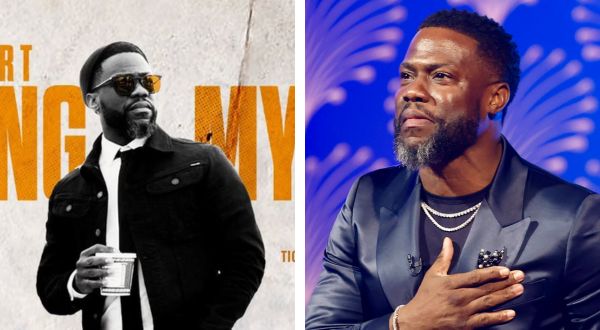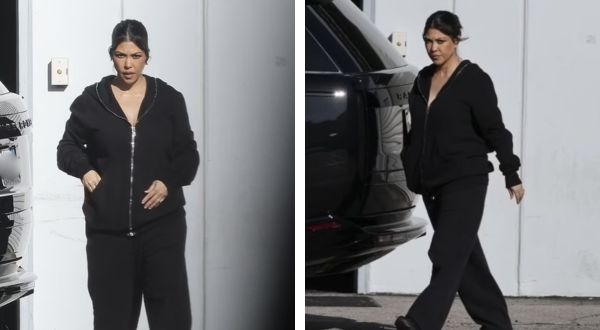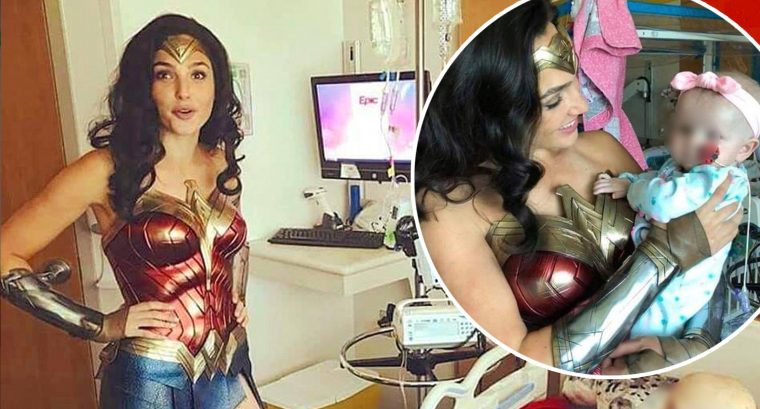The Ultimate Universe gave old fans and newcomers a fresh new version of the Fantastic Four, and this take would be perfect for an MCU adaptation.
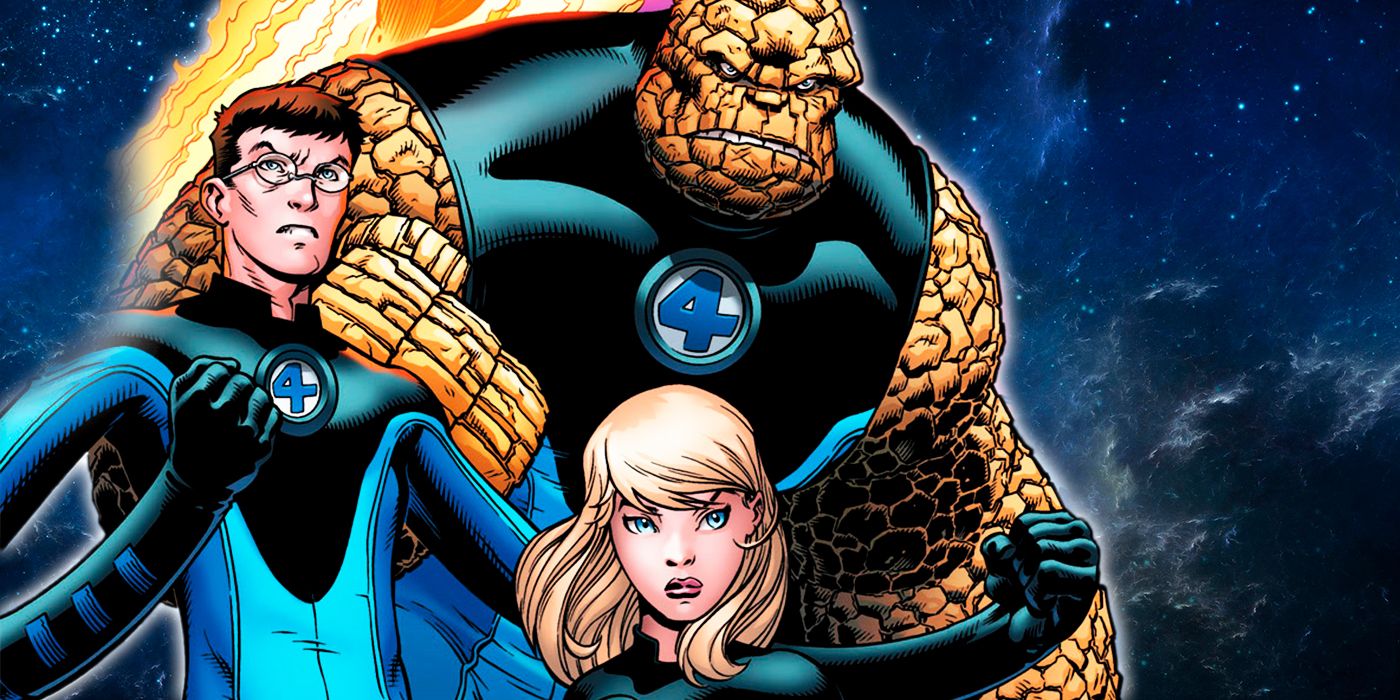
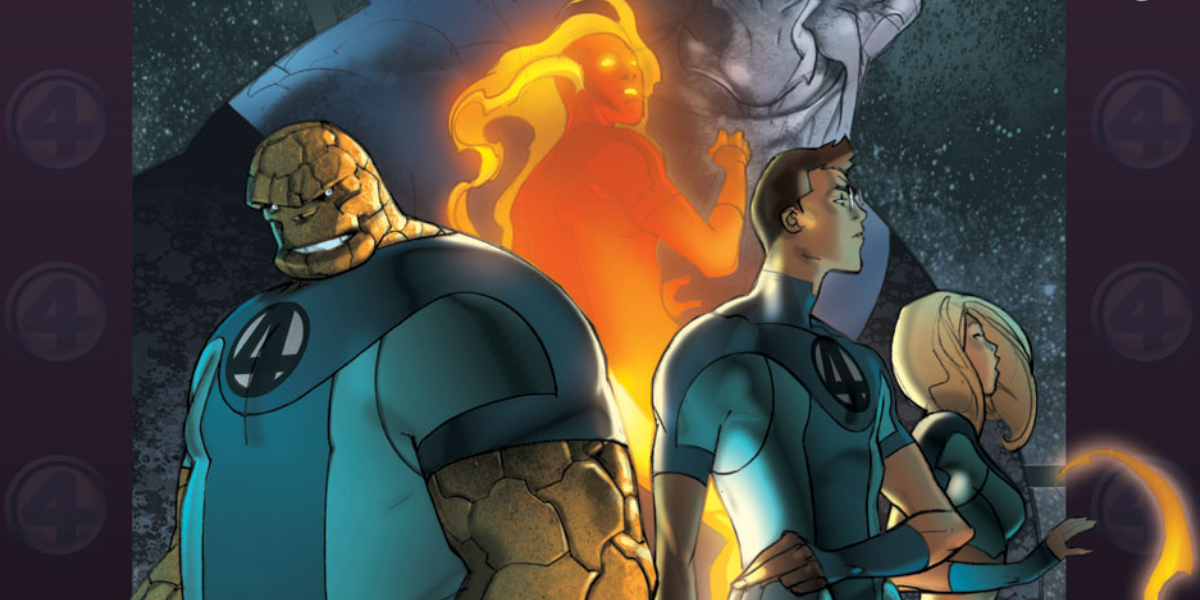
The Fantastic Four may be the “First Family” of Marvel Comics, but they haven’t always been as popular as some other franchises. This could be due to their lack of popular alternate takes, with the 616 incarnation being the only well-known version within the comics. Despite this, there was one major reinvention of the team that modernized them in a fairly successful way.
The Ultimate Universe had its own version of the Fantastic Four, and the alternate universe made many changes to the characters. From the nature of their powers to the villains they fought, this Fantastic Four wasn’t straight out of the 1960s. These changes also make this incarnation optimal for the Marvel Cinematic Universe, further cementing it as the best take on the awesome foursome.
Ultimate Marvel Made the Fantastic Four Better
When it came to modernizing the Fantastic Four for readers in the early 2000s, Brian Michael Bendis, Mark Millar and Adam Kubert threw away a lot of what fans expected. Gone was the team’s origin story from their Silver Age debut. Instead, Reed Richards created a device that could transport objects and people to the “N-Zone” (the Ultimate Universe version of the Negative Zone). However, his calculations were changed at the last minute by Victor Van Damme. This causes Van Damme, and the Fantastic Four members to be transported to the N-Zone, and they returned heavily mutated. The Baxter Building was also changed from merely being the team’s headquarters to a government think tank that funds Reed’s research. The team is even suspected of being mutants, giving their story more cohesion with the broader universe.
The more “superheroic” elements of the series were done away with, as the Ultimate Fantastic Four book focused more on science fiction and exploration. As shown with the name change, Doctor Doom was given a less cartoony characterization than his more well-known mainstream counterpart. Other villains such as Mole Man, Annihilus and even Galactus also received massive makeovers. Beforehand, some of these villains felt like generic foes for any superhero, almost as if they existed in Fantastic Four comic books simply to provide conflict. That’s to say nothing of how Richard Reed became the Maker, who was in many ways a superior version of the mainstream Kang the Conqueror. These concepts made for a more accessible version of the team that wasn’t bogged down by decades of history.
The MCU Can Redeem Ultimate Fantastic Four Where Fan4stic Failed
Sadly, the only true adaptation of this incarnation of the team was the widely despised 2015 Fantastic Four film (also stylized as Fan4stic), though it wasn’t an exact replica. The main elements kept were the N-Zone origin and the team being younger, though the MCU’s Fantastic Four shouldn’t shy away from these concepts. They simply work better in a modern movie context than in an outer space adventure. Tying Doctor Doom to the origin of the Fantastic Four has been criticized by those who watched the previous theatrical movies, but it made sense in the Ultimate Universe. It also created a version of Doom whose premise was easier to understand.
Overall, the Ultimate Fantastic Four was a great addition to the franchise for comic book readers. It could also achieve the same effect for moviegoers if adapted to the big screen. In doing so, it would not only modernize the team and succeed in ways that previous films couldn’t but it would also save the Ultimate Universe version of the heroes from being synonymous with an infamously horrible movie.



